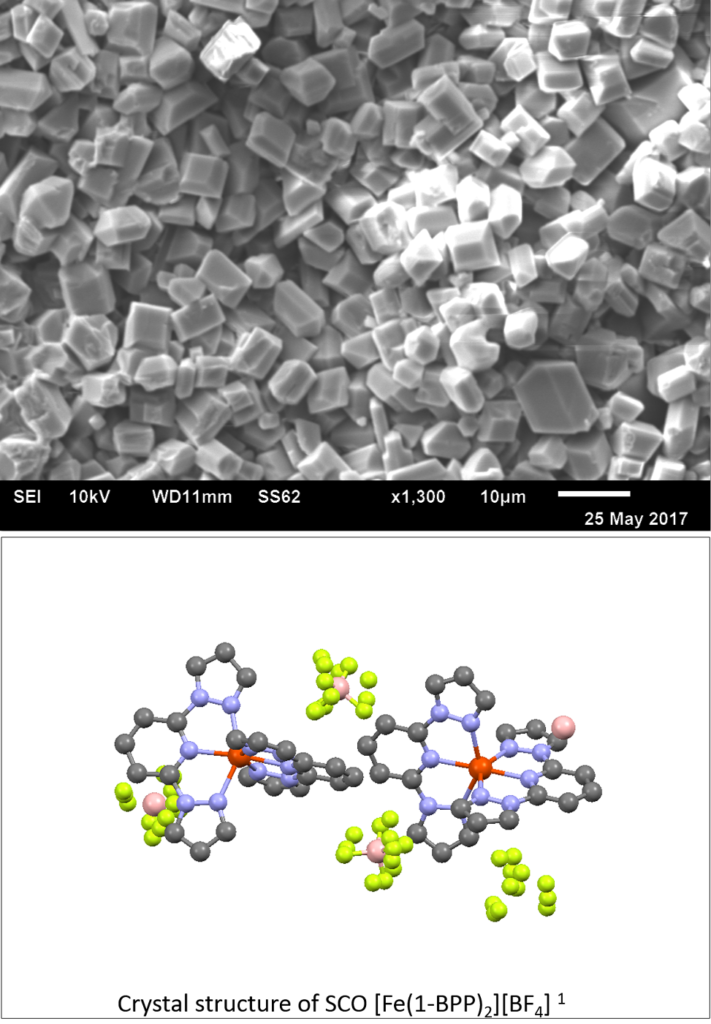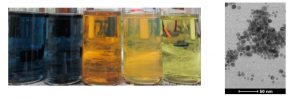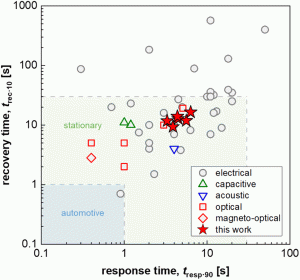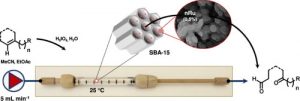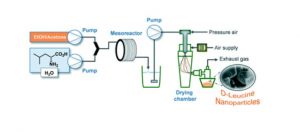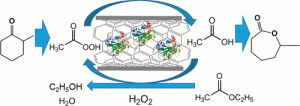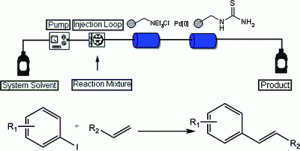Nanoparticle synthesis refers to the creation of nanoparticles. A Nanoparticle is defined as a particle between 1 and 100 nanometres in size. Nanoparticles can be derived from larger molecules (top-down approach) or obtained by nucleating atomic-sized materials (bottom-up approach).
Nanoparticle synthesis research is currently an area of intense scientific interest. There are a wide variety of potential applications in biomedical, optical and electronic fields.
Applications for Nanoparticles
In the biomedical field two classes of nano particle synthesis are having increased applications. Uses include in-vivo and vitro biological applications. The Nanoparticle used in these cases are Quantum dots and metal colloids. In recent years chemists have been moving away from traditional batch based processes towards flow chemistry. For both quantum dots and metal colloid formation, micro-fluidic synthesis has been shown to be superior to traditional batch methods.
Benefits of flow Nanoparticle synthesis
High quality, monodisperse particles can be produced by flow processes due to the ability to maintain fine control of all reaction variables. These variables include reactant concentration, mixing, timing of reagent addition, and temperature.
SEM image of Nanoparticles
The image below shows Nanoparticles produced in a tubular rector fitted with Kenics static mixers.

